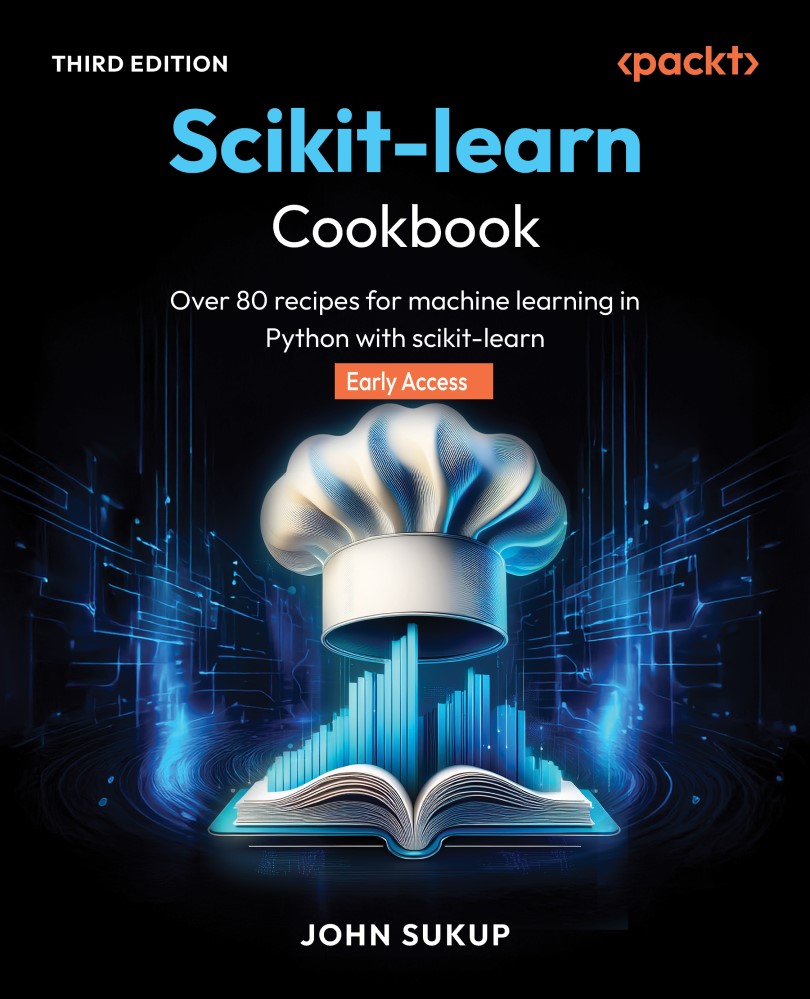Introduction to Pipelines in scikit-learn
In ML, managing the workflow of data preprocessing and model training can become complex, especially when multiple steps are involved (which is almost always the case in the real world). The Pipeline() class in scikit-learn offers a powerful solution to streamline this process. By allowing users to chain together various preprocessing steps and model training into a single object, pipelines enhance code efficiency and reduce the likelihood of errors. This chapter will introduce readers to the concept of pipelines, demonstrating how to create and utilize them effectively for data preprocessing in scikit-learn. We’ll be utilizing pipelines throughout the book as we add more steps to our model development workflow.
What is a Pipeline?
A pipeline in scikit-learn is essentially a sequence of steps that are executed in order. Each step in the pipeline consists of a name and an associated transformer or estimator (refer to Chapter 1...

































































